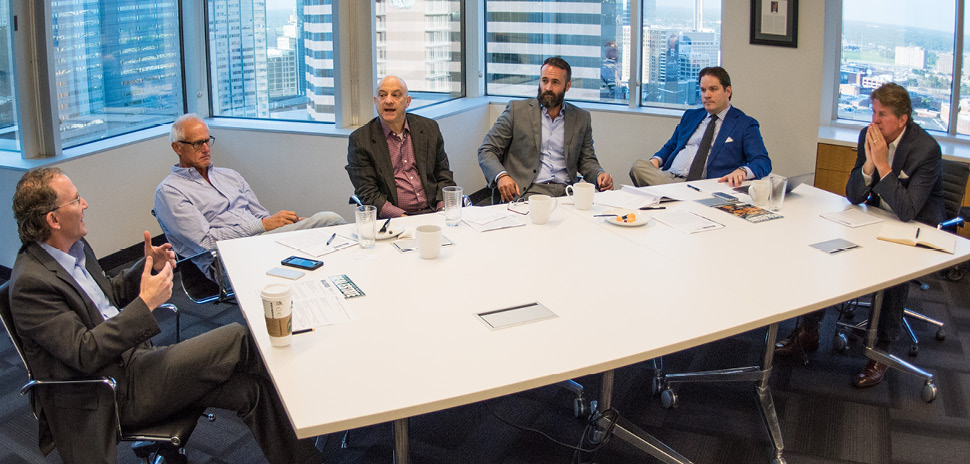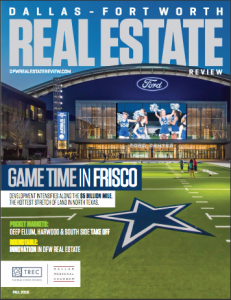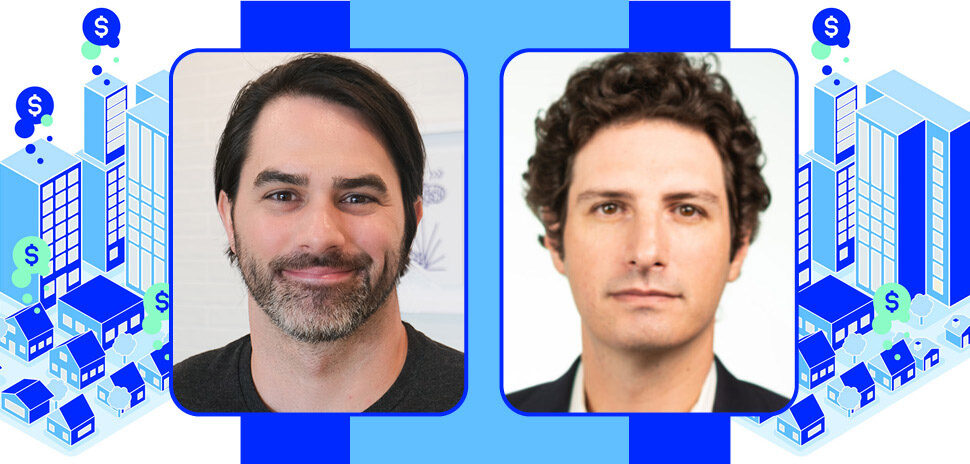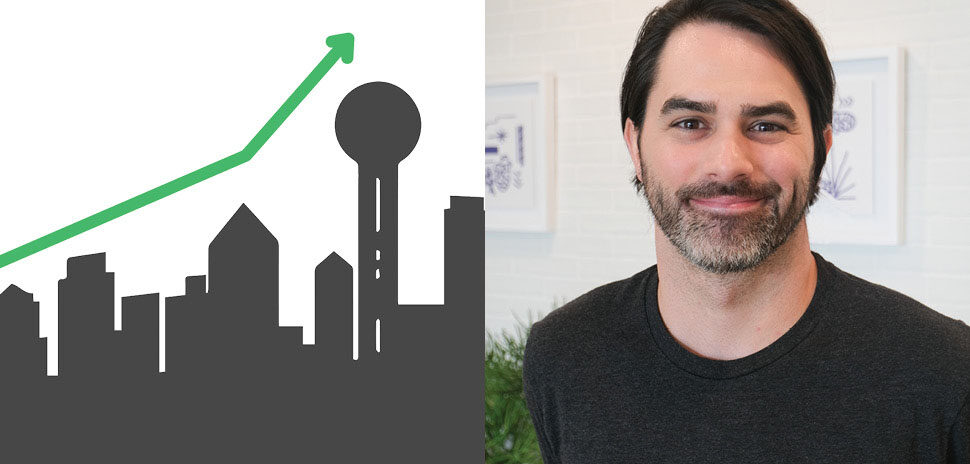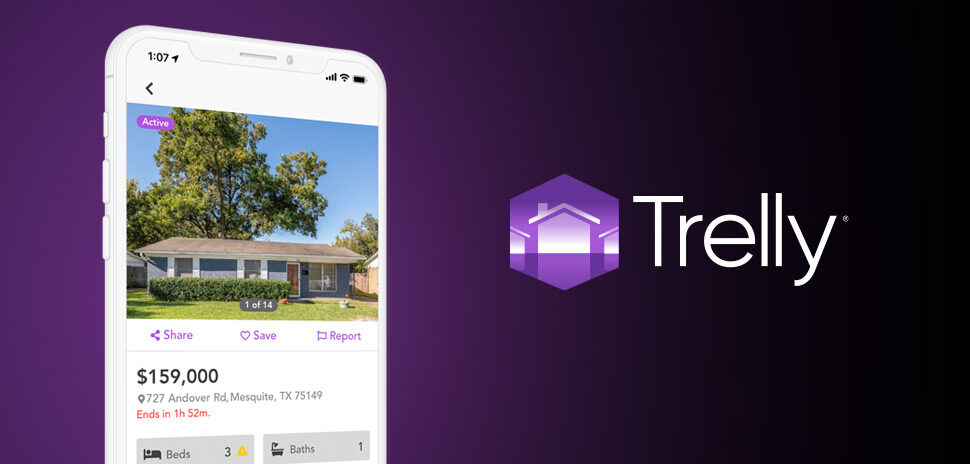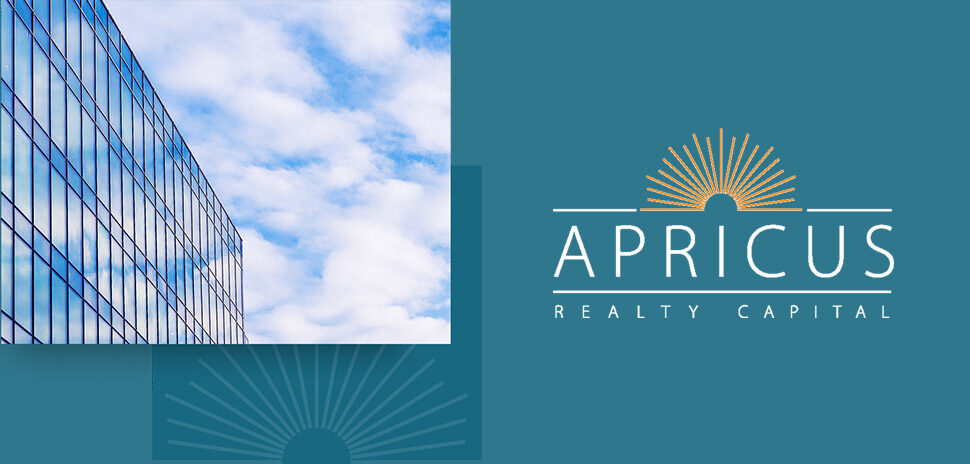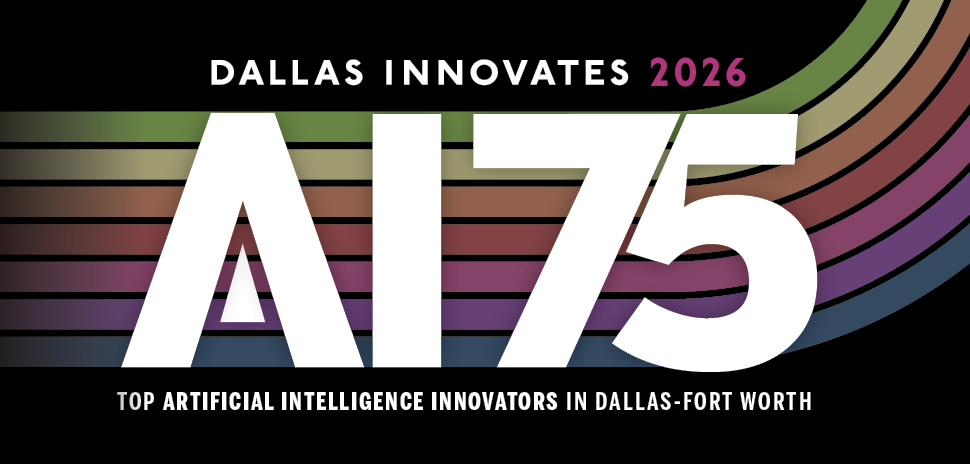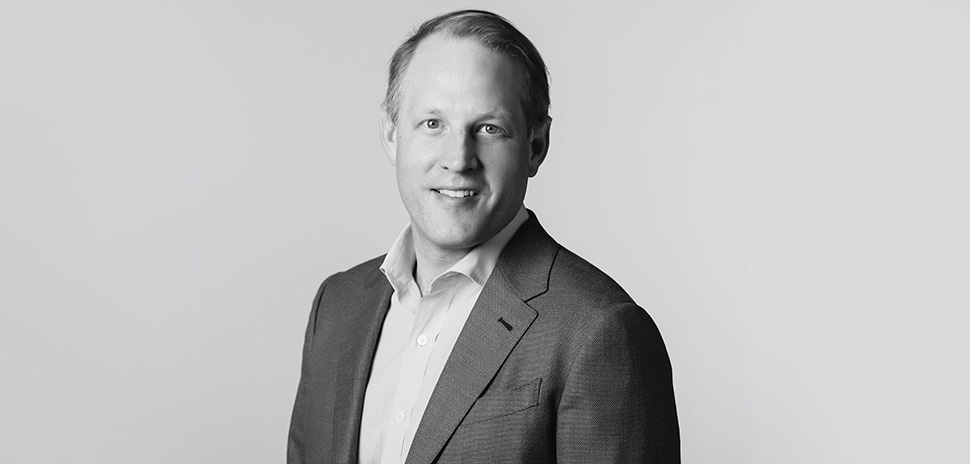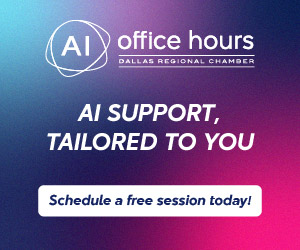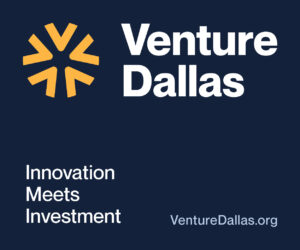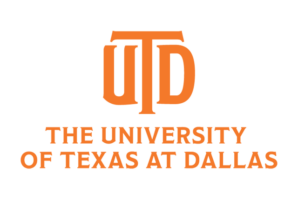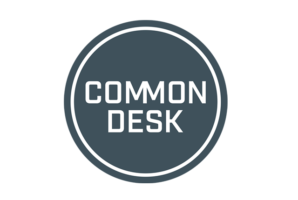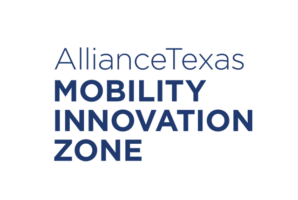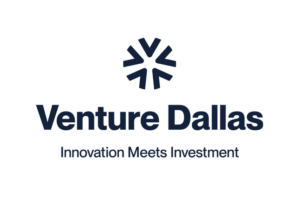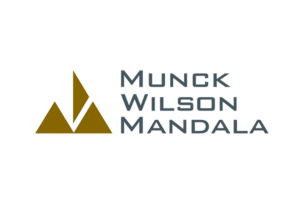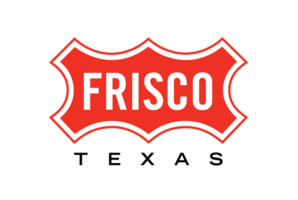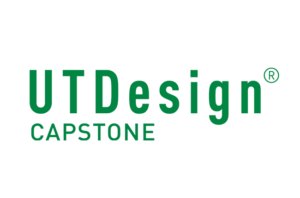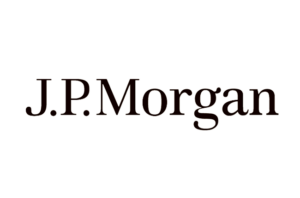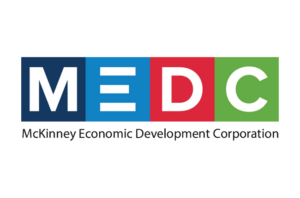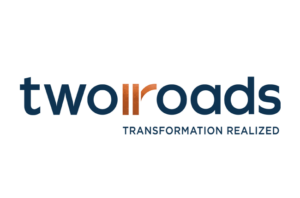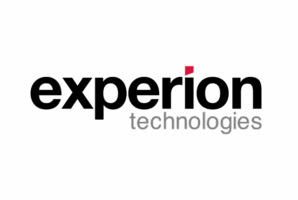![]() This is the second installment in our innovation in real estate roundtable series.
This is the second installment in our innovation in real estate roundtable series.
Dallas-Fort Worth is home to some of the most talented innovators in the industry. Christine Perez recently had a chance to catch up with our panel of real estate experts to chat about how they are leading the industry through a tsunami of change.
PANEL
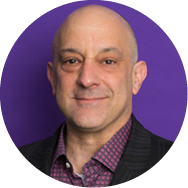 Scott Polikov, principal and founder of Gateway Planning, is a national leader advancing the new economics of place. He is known for his work in unlocking the true value of neighborhoods and focusing on public-private partnerships.
Scott Polikov, principal and founder of Gateway Planning, is a national leader advancing the new economics of place. He is known for his work in unlocking the true value of neighborhoods and focusing on public-private partnerships.
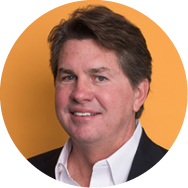 Jeffory Blackard, founder and CEO of Blackard Global, has developed more than 20 master-planned communities. He’s the driving force behind the “NeoRetroism” development philosophy.
Jeffory Blackard, founder and CEO of Blackard Global, has developed more than 20 master-planned communities. He’s the driving force behind the “NeoRetroism” development philosophy.
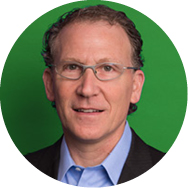 Mike Ablon, founding partner of PegasusAblon, runs a multidisciplinary development and investment firm focused on the integration of emerging markets and evolving demographic trends.
Mike Ablon, founding partner of PegasusAblon, runs a multidisciplinary development and investment firm focused on the integration of emerging markets and evolving demographic trends.
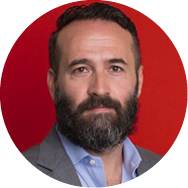 Heath May, associate principal at HKS, directs the firm’s LINE (Laboratory for INtensive Exploration), which focuses on advancing architecture and design through
Heath May, associate principal at HKS, directs the firm’s LINE (Laboratory for INtensive Exploration), which focuses on advancing architecture and design through
technology.
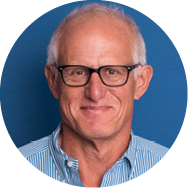 Robert Shaw, managing partner of Columbus Realty Partners, is one of the most active multifamily developers. He helped pioneer Uptown and was a proponent of walkability decades before the movement caught on nationally.
Robert Shaw, managing partner of Columbus Realty Partners, is one of the most active multifamily developers. He helped pioneer Uptown and was a proponent of walkability decades before the movement caught on nationally.
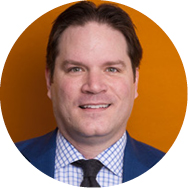 Jeff Eiting, vice president at CBRE, is the co-leader of the firm’s technology and media practice in Dallas. As a trusted advisor, he works with startup and mid-cap corporate clients.
Jeff Eiting, vice president at CBRE, is the co-leader of the firm’s technology and media practice in Dallas. As a trusted advisor, he works with startup and mid-cap corporate clients.
Let’s focus on the built environment itself. What trends are shaping the future of architecture and design, both in commercial and residential space?
SCOTT POLIKOV: I would like to hear Jeff talk about how the preferences are changing from the tenant perspective in terms of office space. The office market is really something that is obviously very different today than it was even five, or six, or seven, eight years ago. Where for example when I go to work, none of us are in our formal offices. We always go to the conference room and sit together. I have millennial partners. I never want to go into my office, but [it’s] designed around a building that’s 15 or 20 years old.
JEFF EITING: From the office tenant perspective it’s all about community and community-building. It’s about shared space. A lot of people nationally are talking about the coworking trend and what coworking really means. Is it in Dallas, or is it going to come here? As you look forward, you see owners and others investing in coworking. They have a floor and a building that they own, and they create a come-and-go type space. Mobility is everything. People are doing business in cars or doing business from their homes. It’s really the ability to do things on their own time, in their own environment, wherever they are. At CBRE we call it “Office 360.” We have a check-in time arrangement where I’m out of the office 50 percent to 60 percent of the time. And I’m not out playing golf. Companies are really looking at their footprint and saying, “Look. If we have vacancy for this period of time, how do we manage that? How can we compress our footprint? And if we’re taking away space, how can we still provide amenities to our staff?” Outdoor also is big; I’ve never had discussions about outdoor space more than I am right now. This has already happened in other parts of the country. But because of our climate, I think that a lot of people put that up as a barrier. Now, it’s coming here because so many folks from other areas are relocating here. People from the coasts want that in their work environments and (landlords) are starting to build it.
“Mobility is everything. People are doing business in cars or doing business from their homes. It’s really the ability to do things on their own time, in their own environment, wherever they are. At CBRE we call it ‘Office 360.'”
JEFF EITING
HEATH MAY: That’s an interesting point … considering urban downtown environments as an amenity. The city becomes the amenity space. You don’t have to provide a cafeteria in your building, because people can walk down the street and have three different food and beverage venues. That’s something Dallas is starting to catch on to. We’re responding to in a way that is encouraging to me. But the co-working thing, that’s so interesting. There have been detractors, but then you look at somewhere like (co-working company) WeWork — and I think their recent evaluation was $16 billion earlier this spring. … We’ll see where it goes, but they are obviously responding to something. In terms of other things influencing the work environment, we’re working with a behavioral human scientist on staff and a design anthropologist, and we’re starting to really dig in and understand what types of spaces people want to work in. We’re then using technology to layer on top of that. So you can do things like when you check into your hotel, within your office, even finding a space that has the right temperature or has the right lighting conditions. There are people creating applications on your phone. One of the West Coast architects has one called Goldilocks where you can say, “I want the room (with) lighting of this level, a temperature of this level and will hold five people.” It will tell you, “Go to these three different rooms that are open right now.” It’s a smarter way to use space. We’re using less of it and being a lot more efficient with it.
“The city becomes the amenity space. You don’t have to provide a cafeteria in your building because people can walk down the street and have three different food and beverage venues. That’s something Dallas is starting to catch on to.”
HEATH MAY
EITING: I like your analogy about the city being the amenity. I’m a little biased, but I’m ready for Dallas to stop saying “live, work, play.” It’s a buzz word that people from outside of Dallas are hearing and are saying, “What do you mean by that?” I think it’s just, it’s your place, wherever you are. Because of the nature of our community, because of our sprawl, I think it’s a buzz word that’s caught on here. But if you look at what’s going on in the urban core of Dallas, it’s everything. If you project out what our city is going to be —there are going to be very few barriers to the urban core. Uptown is going to bleed into the Design District, which is going to bleed into Trinity Groves. The Cedars and South Dallas and Deep Ellum are all going to be the urban core.
MIKE ABLON: On all of our product that we build, no matter the asset class, we formally talk about the third room. The third room is that outside room. And that outside space is an integral part of the actual design concept of the actual building we built. That can be a relationship to the trail, like the Katy Trail. Up north, we built a pocket park and operated around it. And Preston Center, it’s the street. The street is a room. So we very much focused on that third room. We’ve formalized that as an integral piece of not just how you face it but what we actually build and don’t put in a building. … I’ve enjoyed watching McKinney and Olive. In jest, I call the building 2.0. It’s the first building of a new typology that’s more externally focused on the street than it is internally as a building. And if you look at a conventional office building, you say, “Where is my front door and where is my lobby?” And that’s your sequence. You have arrival, and you have reception, and you have an elevator. McKinney & Olive is quite different. It’s very focused on the street.
EITING: It’s also causing their neighbor, the Ritz, to reorient itself to complement the street.
ABLON: The part that’s fascinating about that is you have a building affecting a city fabric the same way Rockefeller Center and its urban room affected the traffic around it. It’s 2.0 for Dallas. It’s going to be really fun to watch, as opposed to having a space and buildings around it. The new format starts to change the way all the spaces are constructed. That’s really great for a city fabric.
POLIKOV: That’s why it’s fun to be in this business right now. Jeff was talking about what’s old is new. The street is everything. I think that’s the biggest opportunity in Dallas-Fort Worth. We have so much city fabric to work with. When we were doing the plan in downtown McKinney, we asked them why they had three lanes of traffic going in each direction going through the square. When we reinvented that square and went to two lanes each way and slowed the traffic down, Rick of Rick’s Chophouse said within six months, his business went from one-third walking and two-thirds reservations to two-thirds walk-in traffic and one-third reservations. Our test for the planning and design of the urban fabric is: Is somebody willing, when the temperature allows, to sit outside at a cafe environment? Is the speed of the traffic going by or is the street design such that they are willing to spend 50 bucks a person on a meal sitting outside in front of the building? I call it the hang-out factor. And if they’re not willing to hang out in front of that building, then that street is improperly designed. I think retrofitting streets is really a big opportunity for Dallas. Look at Main Street in downtown. Look at Commerce Street in downtown.
JEFFORY BLACKARD: All our answers are overseas. Everything we talk about in architecture and the streets … all the answers are right there. We got it wrong for such a long time. Now, we’re trying to fix it.
“All our answers are overseas. Everything we talk about in architecture and the streets … all the answers are right there. We got it wrong for such a long time. Now, we’re trying to fix it.”
JEFFORY BLACKARD
POLIKOV: I think what we have to do is do what Robert said: We have to support the public side. We have to give the city managers, the engineers, the finance directors, the planning directors, and then ultimately the planning commission and city councils the cover to say, “If we’re not getting any public spaces correct, then how do you expect that the private development will be successful?” A lot of times that means that you slow down traffic, and it will take people a few more seconds to get through an intersection. What a lot of cities forget is that when you blow out an intersection, you’re just making it easier for somebody to drive through your city and go spend their money elsewhere.
“What a lot of cities forget is that when you blow out an intersection, you’re just making it easier for somebody to drive through your city and go spend their money elsewhere.”
SCOTT POLIKOV
BLACKARD: That’s like Wick Allison talking about tearing down Interstate 345 — that’s genius. It’s as genius as Klyde Warren Park. At first, I didn’t understand it. But as you talk about things, the more people understand. This city needs to do more of that.
ABLON: I challenge one thing you said a little bit. You said all the answers are overseas. We have so many new pieces that affect how we live and what we do. We still have the human condition. That hasn’t changed. We still have two legs. We still function, you know, in a human interactive way. In a world that’s changing that much, some of the answers aren’t there yet. I think you’re seeing some of it being written here. When you go travel over there, you can see a 2,000-year-old city that has morphed over time, typically to engage the ethos and fabric of its culture. Dallas is a 100-year-old city, in a sense, that has doubled in size five times in that 100 years. It’s still establishing itself. I don’t think all the answers are (overseas). I think some of them are going to be here, because some of the answers aren’t written yet.
“Dallas is a 100-year-old city, in a sense, that has doubled in size five times in that 100 years. It’s still establishing itself … some of the answers aren’t written yet.”
MIKE ABLON
BLACKARD: But as far as how we evolve as a people group, the answers are there.
ABLON: It’s inseparable.
ROBERT SHAW: Look at what technology is doing in the retail industry today. Clearly we don’t know where it’s all going to end.
ABLON: Right.
SHAW: It’s profound how many things are being delivered to our homes now. Forget about going anywhere. The first go-to place is Amazon Prime. So, what does that mean for retail when so much of what we buy, we get off the internet?
POLIKOV: I think Jeff’s right in one sense. I’m on the national board of the Congress for New Urbanism, and we convinced them to have their annual congress here last year. People were blown away when they got here. They had no idea we were doing some of the best urbanism in the country. From a design and development standpoint, I think we are definitely the bellwether in the country. Where I think we can learn from, say Europe, is the notion of mixed housing. That is the key to me. It’s the front line. It speaks directly to the challenges we have in this country on race. We are not encouraging people to live with others of different incomes and different ethnicities. People self-select, but we have zoning standards that require stratification and separation of housing types. Whether it’s the Design District or Addison Circle or Adriatica — you all have been the leaders — but for the most part, developers run into the zoning rules at the cities that actually require them to not mix housing.
SHAW: Yes.
POLIKOV: In both size and housing type, what happens is in zoning is a big challenge. A lot of cities have zoning that require you to do a concept plan and make up elevations and make up tenant mixes and all of that, and it’s B.S. What they should do is require a concept plan to come in when you are doing site planning. I think there is a fear among the cities that they are going to get the wrong and bad thing. And actually, what they are doing is they are encouraging the wrong and bad thing. I think people want to live with people who are different from them, and they want to live in places where every house around them doesn’t look the same. They want to see more diversity in housing, but that’s not the majority of what’s being built.
“I think people want to live with people who are different from them, and they want to live in places where every house around them doesn’t look the same.”
SCOTT POLIKOV
SHAW: One of the places where you can find that diversity, and I know you may be shocked by this, is the Park Cities, which most think of as being very generic.
POLIKOV: It’s not at all.
SHAW: It has every form of housing you can think of. It has apartments, it has townhomes.
POLIKOV: Small lots.
SHAW: It has carriage homes, small lots, big lots.
POLIKOV: Duplexes.
SHAW: Right. And that diversity is in arguably one of the most valuable ZIP codes in North Texas.
POLIKOV: No question. A lot of well-educated, employed, single moms move their children into those rental units in Highland Park so their kids can go to good schools.
SHAW: They’re losing some of that diversity today because so much is being torn down and replaced. But the original builders of that neighborhood and the city planners and others allowed for a lot more diversity than what you are seeing today.
POLIKOV: I don’t think we are sensitive enough to single mothers and the diversity of the single-mother base as a consumer. They are a very large market.
BLACKARD: Most developers look at a piece of property and say, “What is the zoning?” I think the question should be, “What is right for this piece of property?” Forget the zoning—just forget it. Design what is right for that piece of property, then go to the city and tell them, “This is right, based on history, based on integration, based on all these things,” and let them reject you. It took me two years in McKinney, but in the end, I was able to do pretty much anything I wanted at Adriatica.
“Most developers look at a piece of property and say, ‘What is the zoning?’ I think the question should be, ‘What is right for this piece of property?'”
JEFFORY BLACKARD
POLIKOV: Write the zoning afterwards, to fit the conditions.
BLACKARD: That’s correct. You can put design guidelines at the top so the city will always be able to make sure things are designed based on the intent of what it is, a village. But I just hear developer after developer ask about the zoning and use that as the guide. Forget what you can do. Just design what’s right for that area.
Switching gears a bit, Hillwood brought an expert from the Center of Brain Health to help design its new headquarters, to look at how people work and productivity. And in some cases, social anthropologists and environmental scientists are also weighing in on space decisions, as you touched on, Heath. At some point, policymakers may also get involved. How have you seen strategies like these play out in North Texas?
MAY: I think interdisciplinary teams are most effective. I look for the edges in anything I do. That’s where the interesting overlaps occur and that’s where we can truly learn something new. When we relocated HKS’ office (to downtown Dallas), we didn’t have the benefit of having a design anthropologist on our team. But we did some post-evaluation of the space and we are using it to learn what we did wrong and what we did right. Mostly what we did was wrong. We’re taking that information and experimenting as we’re moving and finishing up another floor. We’re making changes based on that information, and that’s kind of closing a feedback loop. It’s really important to measure, so we can understand. I also worked with Sandy Chapman at the Center for Brain Health. And she would visit our office and sit at my desk. It’s a standing desk but I’m in a very large open space, and she told me I wasn’t getting anything done, because I couldn’t concentrate. That flies in the face of the idea about these open office environments. She gave me some literature and educated me a bit on how the creative mind works and the need to have the collaboration but then to retreat and process that information. Those are things that we’re just learning about, and they’re a bit contradictory to the way we have been designing office space. But I think that input from the anthropologist, the behavioral human scientists, and then just polling people at the end of the day—that’s what’s really beneficial and allows us to take the next step. We have to be open-minded. I can’t approach a project thinking I know how to lay out an office. If I do that, I’m going to leave a lot of potential on the table. But if I come in and ask questions, we might discover something new or do something better.
I look for the edges in anything I do. That’s where the interesting overlaps occur and that’s where we can truly learn something new.
HEATH MAY
What were some of the things you think you did wrong and are changing with the new space?
MAY: One thing we discovered is that, even though we tried to get our ratio of what we call “me space” and “we space” correct, we were severely lacking in our “we space.” So places that people could have impromptu meetings of three to four to five people were lacking. And then conversely, when people are in an open environment, the auditory, or the pollution of the noise, really affects some people more than others. Even being able to have a private phone conversation becomes an issue. We’re all wearing headsets, but still people want to be able to get into a private, closed-off room to have some conversations. We also have what’s called desking. We were trying to balance what we needed to work in an office environment but also allow the proper daylight into the space. We had to keep the partitions low to be able to have views of the outside and to let the light in. But we found the partitions were about four inches too low, that most people sitting down could still see right over the edge. And that’s just enough to get people off of their rhythm. So sometimes it’s the little things that you learn. In the new space, we’re raising the partitions, and we’ll see if that helps.
ABLON: To your point, it’s fascinating right now because there are two radical influences that are very powerful and very profound going head to head. You have the WeWork, the open collaborative drive; you have synergy and random collision and creativity. And you hear that, and you see it, and everybody is trying to get to it. It’s also more human in a certain sense. And then you have the science of it all saying, that approach actually doesn’t work the way you think it does. It’s actually counterproductive. You have to have the safety zone where you can have your focus time. And those two approaches are colliding in the office design sector. And there isn’t an answer yet.
“You have the WeWork, the open collaborative drive … And then you have the science of it all saying, that approach actually doesn’t work the way you think it does. You have to have the safety zone where you can have your focus time. …those two approaches are colliding in the office design sector. And there isn’t an answer yet.”
MIKE ABLON
MAY: And now you have all this data. WeWork is starting to collect this information, taking post-occupancy evaluation to a new level. They’re collecting all kinds of data. They allow people to track their personal devices to see where they congregate in a space, and they’re adjusting to that. As they keep moving forward, their prototype keeps changing and it keeps evolving. It’s really interesting, and it’s fun to be part of the experience.
EITING: Most of WeWork’s competitors and even WeWork itself is redoing their model or building out to be a more office-intensive environment. So there are four-person offices, six-person offices, even a bunch of single-person offices. But really when people say coworking, it’s an office-intensive environment, just with a spin on the community piece — a highly curated community component, which is the sticky stuff that gets people that want to be there when you compare it to what’s going on with the traditional executive suites. It’s Regis 2.0 basically. It’s glass interior offices with an expansive community space.
Let’s talk next about investments. There are more sources of capital today and lower barriers to entry. What impact has innovation had on buying and lending, and what challenges still exist?
SHAW: Well, the institutional interest in multifamily in the last five or 10 years has been pretty profound and had a big impact on the nature of the product and the durability and locational aspects of it. They’re investing with a long-term view. And that has been very good for multifamily — and probably the biggest thing in the sector, transitioning away from the mom-and-pop, the 1031 tax buyer, the individual to the core fund out of San Francisco. Institutional investors bring a much different view than the guy who is just squeezing every nickel to try to make it work today and two years from now — and then he’s moving on.
ABLON: In my mind, there are three major trends driving changes in real estate finance, and they’re all coming from radically different places. First, there’s crowd-funding, a technology-driven model for the smaller constituent. Then, in a Wall Street model, real estate has become its own sector. Therefore, more money will have to be allocated to it because all these funds have a requirement of diversified investment. That’s the second one. But the third one is also really interesting. It’s the flight for safety of capital from sovereign funds and overseas investors, whether that’s for currency inflation, whether it’s from negative interest rate environments, whether it’s from the concern of sovereignty and wealth being taken away. It’s all migrating here or to Canada. In Canada, it buys a passport and in America it comes here for safety. It typically will come to a higher-valued Class A product of whatever type that is. Each of these things are driving pricing in real estate; it’s not just market dynamics or supply and demand.
POLIKOV: One of the innovations that’s happening but has not really caught on is what Monte Anderson is doing. He’s a very successful South Dallas developer; we worked in Duncanville with him on the Main Street project. He has brought in 20 different businesses down there (as tenants). Virtually none of them had credit-worthiness. But what he has done as a developer is figure out a way to create owner-occupiers, to get the small businesses into that village fabric. You can only scale that so far, but I think one of the things we need to see is cities taking the responsibility to work with the owner and developer to figure out a way to underwrite the non-credit worthy tenants that are small and have demonstrated success but they don’t currently meet underwriting standards, either under federal banking regulations or from a fund perspective. That’s where Monte is breaking new ground, and I think we should take a hard look at that model. Owner-occupier businesses are sort of the touchstone of Jeff’s point about villages. They tend to take better care of their small building than somebody who’s just a transitory tenant.
What do we do about development in southern Dallas? What innovative solutions can be employed to take advantage of the greatest landmass we have, with the greatest opportunity?
BLACKARD: Quit going down there and building 400 apartment units with HUD financing in one location. Build little villages down there, so communities can protect themselves and be self-sustaining. Put in a little bit of housing, a little bit of multifamily, a little bit of retail. I would love to go down to Bonton and do a little village to show that it will work there. It’s a passion of mine to go to South Dallas and show how a little village could have a profound impact.
POLIKOV: Everybody on the public side, the finance side, and the infrastructure side needs to figure out how to make it easy for small developers and small developments. They’re always looking for the large developer and the large developments. That is a challenge, especially because of the baked-in misconception about what’s happening in the southern sector. For a lot of small developers, there are actually high barriers of entry for them. If we make it easier, they’re going to literally, block by block, building by building, make a difference. It has already started to happen. When you reinforce what’s already working down there — for example, talking with Monte Anderson about how he’s been able to pull it off.
“For a lot of small developers, there are actually high barriers of entry for them. If we make it easier, they’re going to literally, block by block, building by building, make a difference.”
SCOTT POLIKOV
ABLON: Those are very positive small moves. And through the confetti they start to fill it in. The bigger move, the halo effect, where you drop it and have waves that come off it — would have an investment of content creation, a university that creates intellectual capital, a manufacturing piece — you do that and you create content, you create talent, you create product, and therefore you create income. And if you can create income, then everything else will follow.
“If you can create income, then everything else will follow.”
MIKE ABLON
POLIKOV: That model has really shown through in West Philadelphia.
ABLON: It is a historically-proven model. Go back to cities. All cities age, but they don’t age in the same way. And even within cities, pieces of every city age differently. But frequently you will see something come in that’s a driver.
This is part two in a series of the roundtable, “Real Estate Revolution,” that originally appeared in the Fall 2016 edition of the Dallas-Fort Worth Real Estate Review. Christine Perez moderated the panel. The roundtable was edited for brevity and clarity.
READ NEXT:
How DFW is a Leader in Real Estate Innovation (Part 1)
Office, Multifamily: Building the Fabric of a City (Part 3)
GET THE REAL ESTATE REVIEW
Sign up to get the quarterly digital edition of our sister publication, Dallas-Fort Worth Real Estate Review, here.
Delivering what’s new and next in Dallas-Fort Worth innovation, every day. Get the Dallas Innovates e-newsletter.

